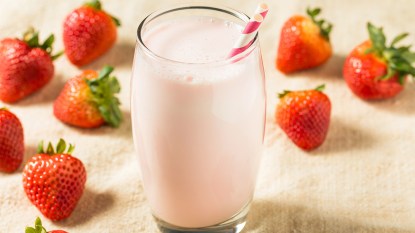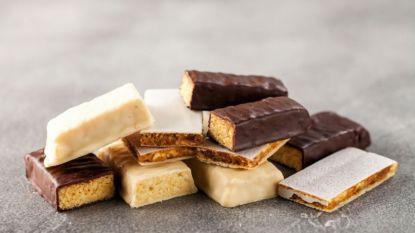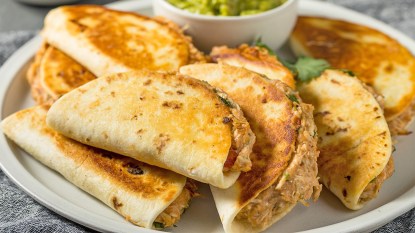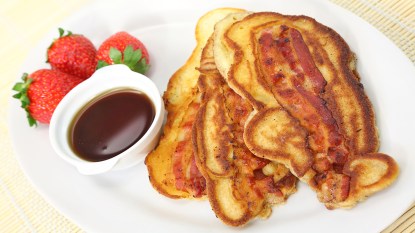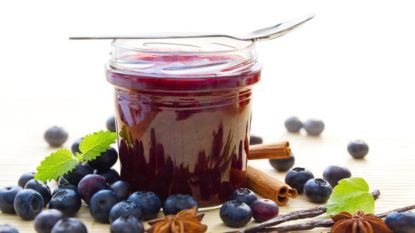This Simple Tweak Will Make Your Baked Mac and Cheese So Much More Delicious
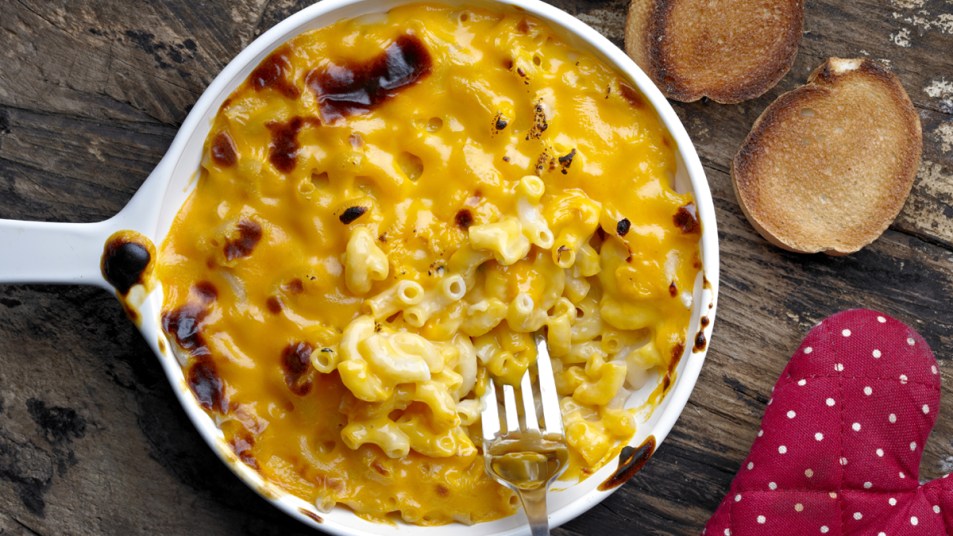
Comfort food really doesn’t get any cozier than a plate full of baked mac and cheese. But what if you could add a little extra indulgence? We aren’t talking about loading it up with lots of different types of cheese (although we aren’t knocking that, either), but there’s a simple tweak at the start of the cooking process that will make the noodles themselves even more delicious.
Unlike other trendy cooking hacks going around these days, this tip is actually over 200 years old. I learned about it while watching High on the Hog, a Netflix docuseries based on a book of the same name by culinary historian Jessica B. Harris (Buy on Amazon, $18). Both the book and series highlight how several of our American food staples were brought to our country through the African diaspora and period of forced enslavement.
In the third episode, host Stephen Satterfield visits Monticello, the former home of Thomas Jefferson, where he speaks with culinary historian Dr. Leni Sorensen about the origins of mac and cheese — or “macaroni pie” as it was called back in the 18th century. According to Sorenson, Jefferson’s enslaved chef James Hemings is responsible for popularizing the beloved dish we continue to enjoy today.
“He passed it on and it passed through generations of cooks who had cooked it here,” Sorenson explains. “We know that Jefferson bought pounds of raw macaroni six months before his death in 1826, so it must have been a well-loved dish here.”
As she goes through the process of preparing mac and cheese the same way Hemings did in the 1700s, Sorenson notes that the noodles are cooked in “half milk, half water.” She describes it as an “interesting combination that is very, very effective.” Once the noodles are tender she adds, “See, it already smells like mac and cheese and that’s because of the milk in it.”
The rest of the recipe is a simplified version of baked mac and cheese we usually follow today. Sorensen just layers butter and cheese with the noodles before cooking it over hot bricks in an open hearth.
After taking a bite of the finished dish, Satterfield says, “You know what I love? Since you cooked it in the milk, there’s a silkiness, a luxuriousness on the noodle. I think I’m going to have to cook my mac and cheese this way from now on. I really love it.” Sorensen quickly confirms she does the same with her own homemade mac and cheese, too.
I obviously had to try it out myself — and I can definitely agree with Satterfield’s description of the silky and luxurious noodles. Sorensen doesn’t list exact measurements in the episode, but I just halved the amount of water I would usually use to boil my bag of macaroni and mixed in the same amount of milk. And just as Sorensen says, even before covering the noodles with cheese and butter and baking them, they totally had the telltale aroma of mac and cheese from the milk mixture alone.
I’m sure you could use the technique for pretty much any variation on baked mac and cheese, but I’d recommend cutting back on any extra milk or cream. All of the milk absorbed by the noodles will be plenty to provide a creamy result and you don’t want to risk over-saturating them.
Give it a try and you’ll probably find yourself just as impressed by this over 200 year old cooking tip.



